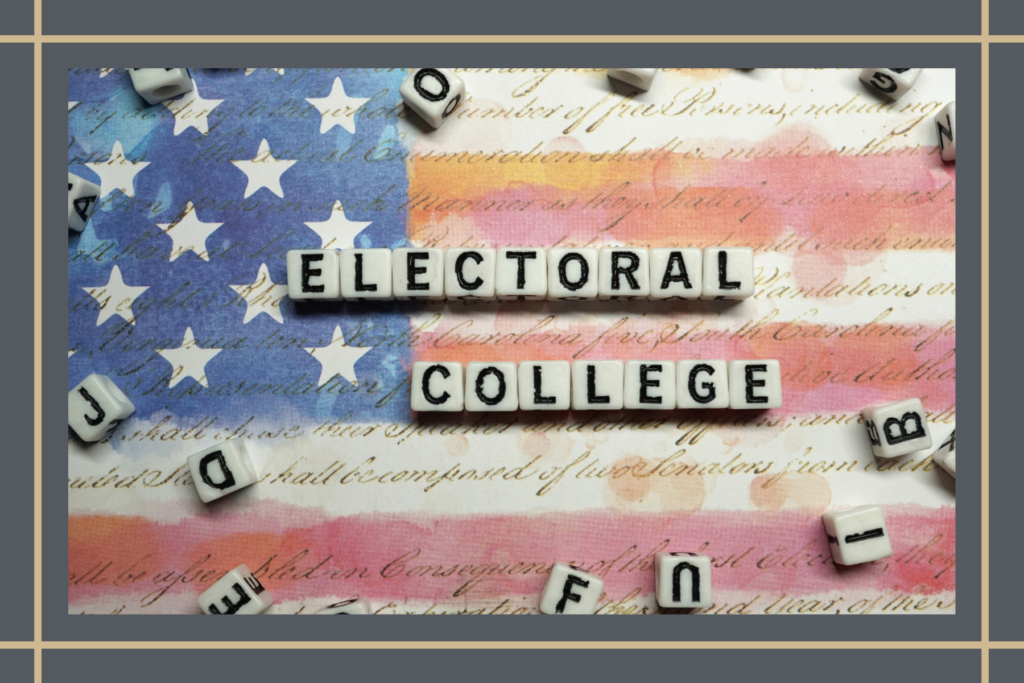What Are Executive Orders?
Executive orders, or presidential orders, can be traced back to George Washington, even though they only began to be numbered in 1907, according to The American Presidency Project at the University of California at Santa Barbara. Contemporary documentation of executive orders only began after passage of the Federal Register Act of 1936. Despite over a century of their documented history, however, it is interesting to note that the Constitution doesn’t explicitly mention executive orders. According to Dr. Bert Rockman, Professor Emeritus of Political Science at Purdue, executive actions exist thanks to Article 2, Section 3 of the Constitution, which requires laws to be faithfully executed. They generally take the form of executive orders, presidential memos, and/or proclamations:
- “Executive Orders are probably the most widely publicized instrument in the president’s toolbox of unilateral initiatives,” says Dr. Rockman. “They are used to set a policy direction. Some have a long life. Others are revoked by another administration.”
- Memos are a more targeted option. “Memos are typically focused on a single and particular policy issue, either permitting it to go forward or restraining it from doing so.”
- Proclamations often serve a ceremonial function, recognizing groups, nations, or holidays. Of course, there is one most people might be aware of: Abraham Lincoln’s Emancipation Proclamation. But even that required further legal action to cement its impact. “That proclamation required the Union to be an unconditional victor of that war,” says Dr. Rockman. “In reality, abolition was not achieved until the 13th Amendment to the Constitution passed in 1865, legally abolishing slavery.”
Despite these distinctions, it is important to note that executive orders aren’t a blank check for presidential power but come with legal limits. For example, presidents can’t sign orders violating existing laws, and signed orders must be sent to the Federal Register to be published. Memos, on the other hand, might never be seen by the public.
How Does Biden Compare?
President Biden’s use of executive orders is unique. It took previous presidents seven or eight weeks on average to reach the number of presidential actions Biden took in his first month.
In Biden’s first two days, he signed 17 directives. It took President Trump two months to reach that number.
In Biden’s first 10 days, he signed 24 executive orders, eight more than the combined total signed by the last five presidents in the same amount of time.
By the end of Biden’s first 12 days, he signed 25 executive orders, 10 memos, and four proclamations, nearly as many as Trump and Obama did in the same amount of time, combined.
However, when considering the total number of executive actions taken by previous presidents, Biden still has catching up to do. Obama signed 276 orders during his two terms, while Trump signed 208 in one term alone.
While Trump was prolific in his use of presidential power, Biden’s executive actions differ in significant ways, starting with legality.
“Nearly all uses of these presidential tools are subject to legal review in the courts,” says Dr. Rockman. “Most presidents are aware that they have to make a case that all procedural rules were followed. Trump, however, to put it mildly, was not exactly a stickler for procedure. Not surprisingly, the courts often rejected his orders for lacking in procedural regularity.”
But the key difference is intention.
Biden’s executive actions have focused on everything from immigration and transgender rights to climate change and the coronavirus. Within hours of being sworn in, Biden rejoined the Paris climate change agreement and the WHO, extended freezes on eviction and student-loan payments, and halted construction on the US-Mexico border wall. Many of his actions were intended to counter or reject orders made by the previous administration.
While Biden has focused on issues like combatting climate change and reintroducing science into the pandemic response, Trump had more internal goals.
“President Trump edged out previous presidents with his quantity of executive orders,” says Dr. Rockman. “But also, by their qualitative importance—in other words, their effect on the substance of policy by virtue of altering regulatory standards and weakening the independence of civil servants.”
To that end, Dr. Rockman explains, most of Trump’s orders attempted to alter the administrative status quo to benefit him and his loyalists, often planting those loyalists in key government positions.
The Rise of Presidential Power
Presidents using their power to make the government obey their will isn’t new.
“In some sense,” says Dr. Rockman. “The tension between presidents and the administrative state is inevitable.”
This is because our civil service system didn’t exist until 1883, and its development changed the way America governs.
“The warfare and welfare state contributed to the growth of administrative agencies,” says Dr. Rockman. This includes “the professional cadre of officials: civil servants, foreign service officers, intelligence officers, military officers and so on.”
Over the last few decades, as the civil service system grew, the political strength of government institutions weakened.
“As the government has grown more complex and laden with more administrative rules and delegation, Congress has largely been unable to keep up and its oversight of the administrative agencies has declined,” says Dr. Rockman.
This has encouraged presidents to take matters into their own hands.
“Gaining control of the administrative state is essential for presidents to fulfill their agendas,” says Dr. Rockman. “To be able to skirt around Congress, to populate agencies with loyalists, and to gain some measure of control over administrative interpretations of legal authority.”
This is especially true when considering party lines. Democrats tend to prefer increasing the government’s regulatory powers and social service programs, while Republicans do not. This means new presidents often reverse or dismantle the previous administration’s work. This can be seen with Trump after Obama and now Biden after Trump.
As Dr. Rockman explains, this reaffirms the transitory nature of executive actions and their inherent flaws when compared to permanent laws.
“Statutory law provides a measure of permanence because of what it takes to change or abolish it. Of course, statutory laws can be upended by judicial decisions. And if the statutory law is sufficiently vague and not updated, it may be subject to the vagaries of administrative rulemaking. Nevertheless, on the whole, statutes have a staying power that administrative interpretations and executive orders lack.”
But when governing bodies clash with the president’s goals, executive orders become an appealing alternative to gridlock.
“Executive authority gives presidents first mover status in a political system designed to frustrate everybody’s ambitions. For the most part, unilateral executive authority seems an easy, if temporary, way to circumvent the authority of other players and bend the independence (or resistance) of the permanent government to the will of the White House.”
This ability is vital when the government is divided. For example, consider trying to pass a bill in the Senate. A simple majority may not be enough, since legislation often requires a 3/5 super majority. This has turned the Senate into a “funeral parlor for legislation.”
“The joint conditions of party polarization and a closer balance of seats between the parties in the Senate makes actually getting to legislation a good bit more challenging than in the past,” says Dr. Rockman. This is evidenced by a sharp drop-off in actual legislation being passed.
Like Obama with stimulus legislation and the Affordable Care Act, Biden is taking advantage of executive orders to move policy despite Congressional pushback or stalemate. In contrast, Trump used executive orders in an attempt to centralize governing power.
“Trump advertised himself as an institution-breaker. He had virtually no knowledge of the mechanics of government, nor much if any respect for the independence of the permanent government. He wanted pure loyalty and to disrupt the routines and procedures of institutional authority,” says Dr. Rockman.
Bottom Line
Ultimately, what this means is that laws are the best choice for change, but also the hardest, leaving executive actions as a convenient Band-Aid for policy problems.
“Political conditions with relatively narrow majorities, frequently divided government, and strong differences between parties create a rocky path toward legislative accomplishment,” says Dr. Rockman.
“When presidents become certain their objectives conflict with congressional immobilization, they are likely to find executive governance a safe port in a storm. It’s hardly surprising presidents turn their attention to a less optimal but do-able means of getting what they want when they can’t do so legislatively.”








